Salt tolerance analysis of chickpea, faba bean and durum wheat varieties I. Chickpea and faba bean

Authors:
Two varieties of chickpea (Cicer arietinum L.) and faba bean (Vicia faba), differing in drought tolerance according to the classification of the International Center for Agronomic Research in Dry Areas (ICARDA), were irrigated with waters of three different salinity levels in a lysimeter experiment to analyse their salt tolerance.
The drought-sensitive varieties are more salt tolerant than the drought-tolerant varieties. Under saline conditions, the drought-sensitive varieties show a much higher yield up to a salinity threshold, corresponding with an electrical conductivity (ECe) between 2.5 and 3 dS/m for chickpea and between 5.5 and 6 dS/m for faba bean.
The drought-sensitive varieties are able to improve or maintain the water-use efficiency when irrigated with saline water. This ability can be ascribed to:
•the larger biomass production owing to the later senescence, which allows a better utilization of the irrigation water;
•the late flowering of chickpea.
